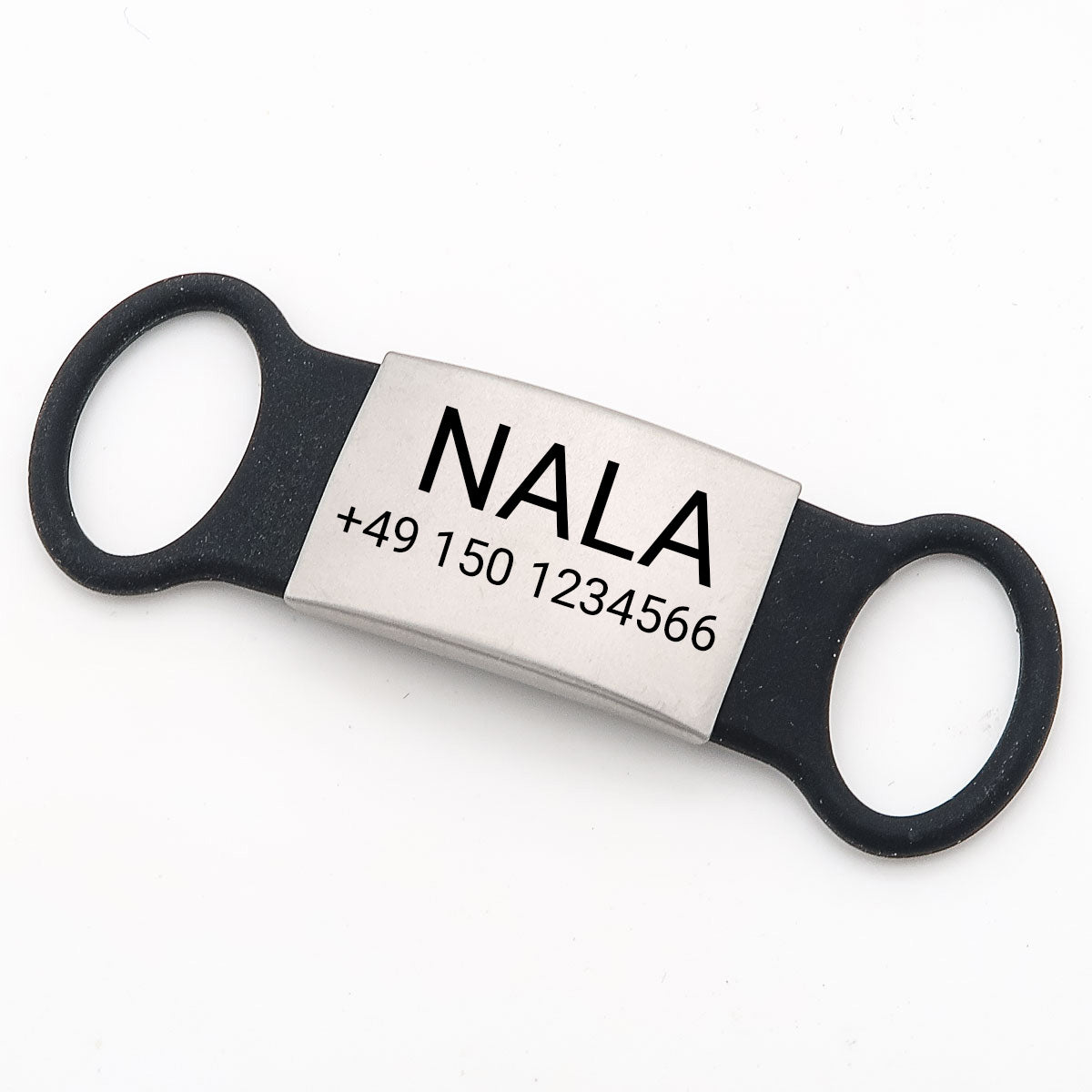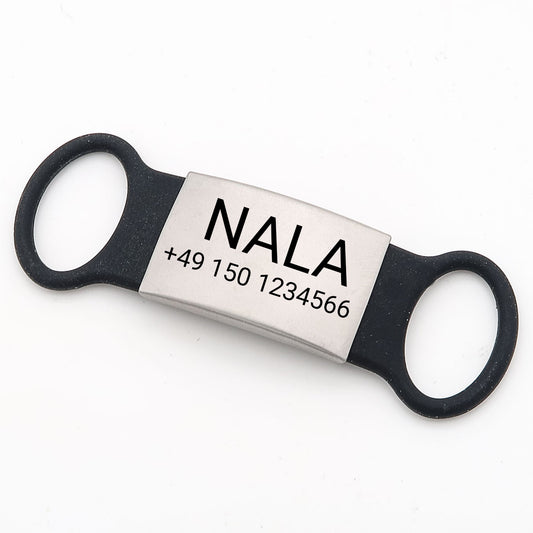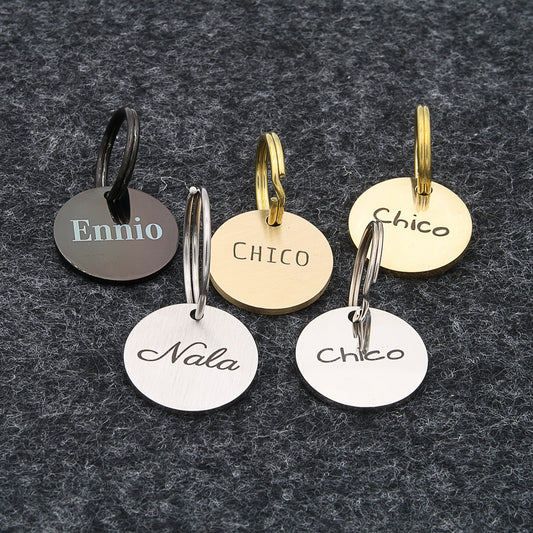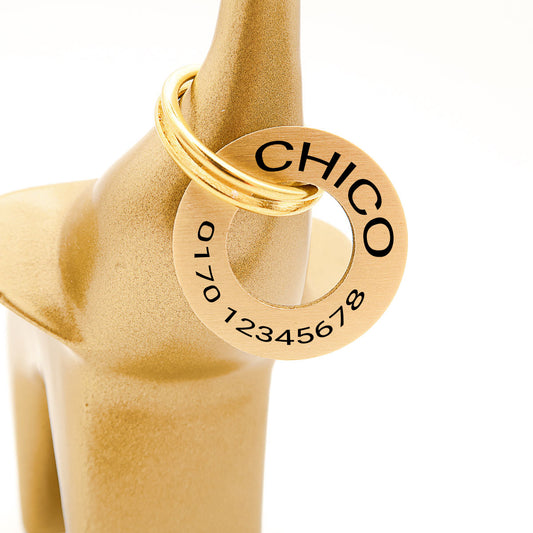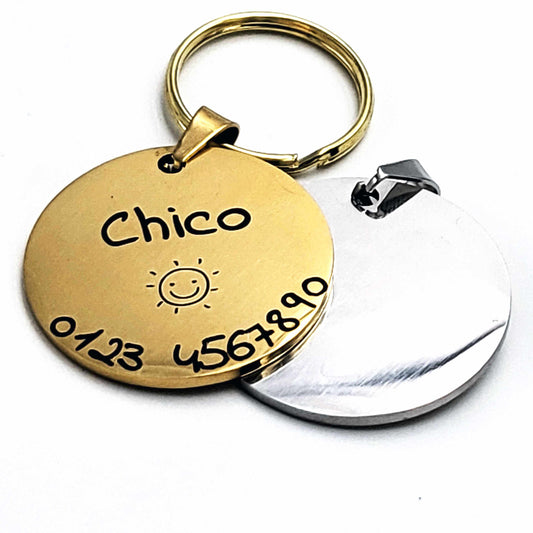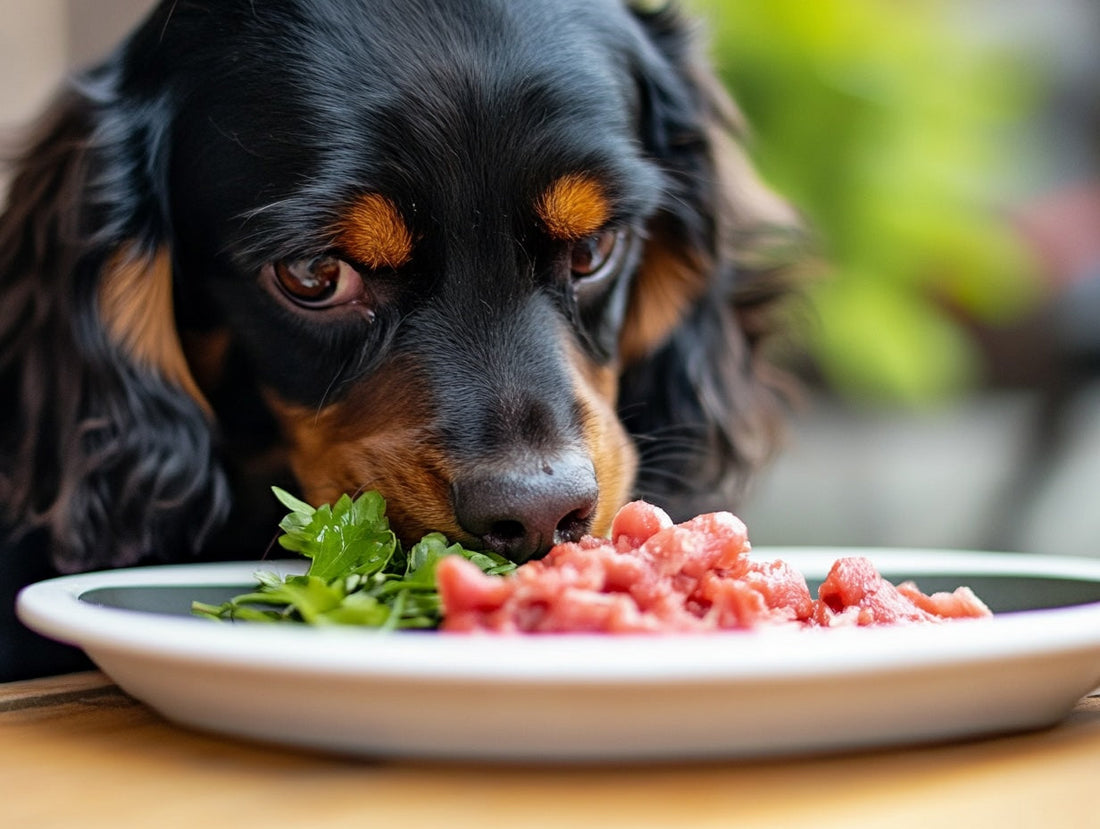
BARF for dogs: The natural diet that promotes health and vitality
Share
What does BARF mean?
BARF stands for "Biologically Appropriate Raw Feeding". The aim of this form of nutrition is to provide dogs with ingredients that are as natural and unprocessed as possible. The basic idea is that dogs are biologically descended from wolves and their digestive system is designed to process raw food efficiently. With BARF, the meal consists mainly of raw meat, bones, offal as well as vegetables, fruit and supplementary oils or minerals.
Basic principles of a balanced BARF ration
A frequently recommended composition looks like this:
- 70-80 % animal components (muscle meat, offal, raw bones)
- 20-30 % plant components (vegetables, fruit, herbs)
In addition, high-quality oils (e.g. salmon oil or linseed oil) and, if necessary, mineral supplements are useful to ensure a complete supply of nutrients.
The most important benefits of BARF
Many dog owners report noticeable improvements after switching to BARF. The most important benefits at a glance:
Healthy skin and shiny coat
The natural fats and essential fatty acids (omega-3, omega-6) contained in BARF support skin health. Owners often notice a thicker, shinier coat and less dandruff within a few weeks.
Strong teeth and fresh breath
Chewing raw bones and meaty pieces has a mechanical cleaning effect on the teeth. Tartar, plaque and bad breath often occur less frequently than with dry food alone.
Improved digestion and fewer droppings
Raw food is easy for dogs to digest. This typically leads to smaller, more compact and less odorous droppings - a sign of efficient nutrient absorption.
More energy and better body weight
Many dogs show more vitality and better body condition. As the composition can be precisely controlled, overweight or underweight can be managed more effectively.
Control over ingredients - no hidden additives
Industrial feed sometimes contains preservatives, flavor enhancers or fillers. With BARF, the owner has full control over Origin and quality of the ingredients.
Strengthening the immune system
Nutrient-rich, unprocessed ingredients as well as natural enzymes and vitamins support the immune system. In practice, some dogs show fewer allergy symptoms and skin problems.
Practical tips: How to get started safely with BARF
A well-considered changeover is important. Take note of the following steps:
- Calculate the amount of food: The rule of thumb is 2-3% of body weight per day - depending on age, activity and state of health. A 20 kg dog therefore needs approx. 400-600 g BARF per day.
- Choose high-quality ingredients: Fresh, ideally regional meat and seasonal vegetables. Frozen BARF is practical and often safe.
- Change over slowly: Start with small portions of raw food and increase after a few days to protect the gut.
- Pay attention to balance: Offal, bones, meat and plant-based ingredients should be regularly represented in the ration.
- Use supplements sensibly: Oil, seaweed meal (source of iodine), eggshell powder (calcium) or specifically recommended supplementary feed can close gaps.
- Involve your vet & nutritionist: Professional guidance is recommended for puppies, senior dogs, pregnant bitches or sick animals.
Hygiene and safety when handling raw meat
Raw meat can contain germs - this is normal, but can be minimized by working hygienically:
- Thoroughly clean work surfaces and hands
- Store and handle raw meat separately from human food
- Maintain refrigerator temperature and do not leave leftovers for long
- Defrost frozen BARF according to instructions
Dogs have a robust stomach acidity, but clean ingredients and careful handling are still important - especially in households with small children, older people or immunocompromised persons.
Frequently asked questions (FAQ)
Is BARF suitable for every dog?
Basically yes, but in the case of certain illnesses, very young puppies, old dogs or animals with special nutritional requirements, individual adaptation is necessary. A vet can advise on this.
Is there a risk from bacteria?
The risk can be greatly reduced by careful handling and high-quality ingredients. Dogs process raw ingredients differently to humans, but caution is still advised.
How time-consuming is BARF really?
Preparation requires planning at the beginning, but becomes much easier with practice. Ready-made BARF packages are a practical alternative.
BARF vs. dry food and wet food - a brief comparison
| Characteristic | BARF | dry food | Wet food |
|---|---|---|---|
| Naturalness | Very high | Low (highly processed) | Medium (partially processed) |
| Nutrient control | Very good | Dependent on production | Dependent on product |
| Effort | Medium High | Low | Low |
| Dental health | Positive | Neutral to negative | Neutral |
